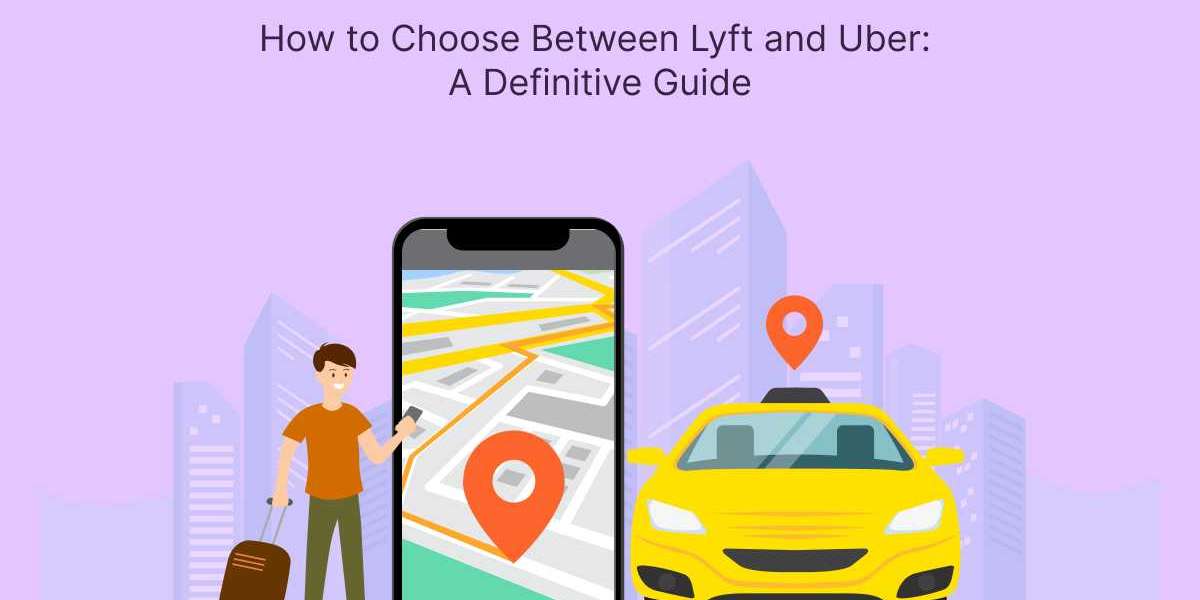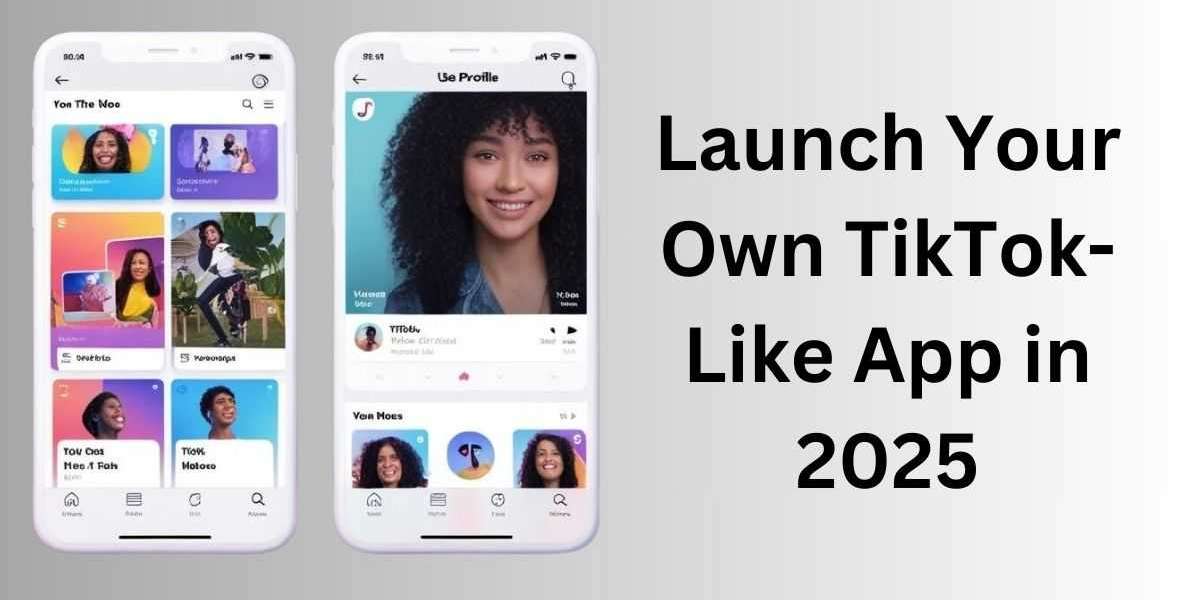In recent years, ridesharing services like Lyft vs Uber have become popular options for people seeking convenient and affordable transportation. Though both services offer similar core features, they differ in terms of pricing, coverage, user experience, and additional services. If you’re unsure about which service to choose for your next ride, this guide will help you compare the two and determine the best fit for your needs.
Key Differences Between Lyft and Uber
While both Lyft and Uber provide reliable ridesharing, several factors distinguish one from the other. Understanding these differences can help you make a more informed choice.
1. Pricing Structure and Fare Estimates
Uber and Lyft both have flexible pricing structures, which can vary based on location, demand, and other factors. Uber is known for its fluctuating fare system, with prices that can vary significantly during peak times due to surge pricing. This feature increases costs when demand is high, although Uber offers a range of service levels, from affordable rides with UberX to premium options with Uber Black.
Lyft also uses surge pricing, referred to as Prime Time, but this increase tends to be less aggressive than Uber’s surge pricing. Lyft also has a tier system that provides predictable pricing, which can make it more appealing to customers who value cost consistency. Ultimately, for users who prioritize affordability, comparing fare estimates on both apps for a specific route can help identify the cheaper option.
2. Coverage and Availability
Another essential factor when choosing between Lyft and Uber is their coverage and availability. Uber has an extensive presence, operating in more than 70 countries and thousands of cities worldwide. This makes Uber more reliable for travelers outside of major urban centers, as it is accessible in many suburban and rural areas. Lyft, however, operates primarily in North America and focuses on major cities within the U.S. and Canada. Although Lyft is actively expanding its reach, its availability outside urban areas may still be limited in comparison to Uber.
If you’re traveling internationally or require broader coverage, Uber is usually the better choice. However, if you’re based in North America, particularly in a major city, Lyft can provide a reliable option with a strong local focus.
3. User Experience and App Features
User experience is a significant consideration, as both apps aim to make booking a ride easy and convenient. Uber’s app has a straightforward interface and offers various services, such as food delivery through UberEats and package delivery with Uber Connect. Its integration with Google Maps and additional features, like fare splitting, make it user-friendly and versatile.
Lyft, on the other hand, provides a simpler, community-oriented experience. The app includes options for tipping, vehicle selection, and setting up personalized profiles. In select cities, Lyft supports bike and scooter rentals, allowing users even more flexibility in transportation. Both apps are designed to be user-friendly, but Lyft’s interface is often considered more intuitive, which may appeal to users who prefer a community-focused platform.
4. Driver Quality and Safety Features
Safety and driver quality are essential factors, especially for frequent rideshare users. Uber has invested significantly in safety, incorporating features such as real-time tracking, emergency assistance, and a comprehensive driver verification process. Riders can also view their driver’s rating and read feedback before the trip begins.
Lyft prioritizes safety as well, offering background checks for its drivers and an in-app emergency assistance feature. Lyft’s community-focused approach provides reassurance to many users, who appreciate its consistent driver standards. While both services have strong safety features, Uber’s additional options may make some users feel more secure, especially in unfamiliar areas.
5. Rewards and Loyalty Programs
Frequent riders of Lyft and Uber can benefit from each platform’s loyalty program. Uber Rewards lets users accumulate points based on their spending, with tiered benefits that include priority support and flexible cancellation options. Lyft offers Lyft Rewards, allowing riders to earn points with each dollar spent and unlock perks such as ride credits and access to preferred drivers. For users who rely on ridesharing services regularly, Uber’s Rewards program may offer more valuable perks over time.
Choosing the Right Service for You
Ultimately, the choice between Lyft and Uber comes down to your specific needs and preferences. If you’re looking for reliable rideshare coverage in international or suburban areas, Uber’s extensive network may be more suitable. Lyft, however, shines with its friendly interface and community-driven approach, making it ideal for users in the U.S. who prioritize simplicity and a local vibe.
Conclusion
Choosing between Lyft and Uber involves balancing factors like pricing, coverage, user experience, and loyalty benefits. Both companies offer reliable, safe, and efficient ridesharing services, but one may suit your specific requirements better. Whether you're looking for an affordable daily commute, premium service, or a company that aligns with your values, each app has something unique to offer. If you’re considering creating your own ridesharing app, understanding these features of lyft and uber can be invaluable. Connect with a reputable on-demand app development company to bring your vision to life and create a user-focused, competitive solution that mirrors the best of both Lyft and Uber.







